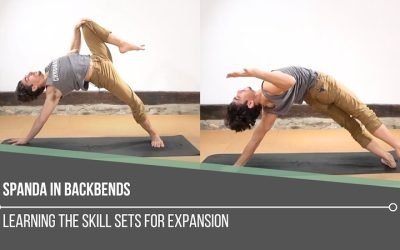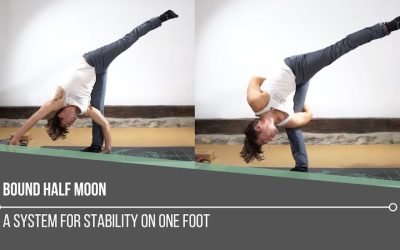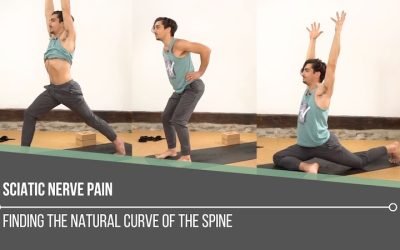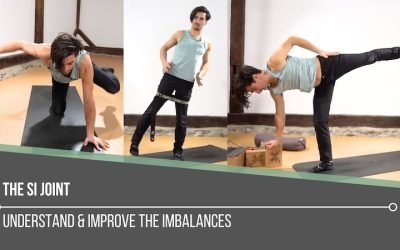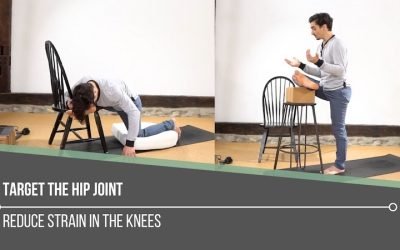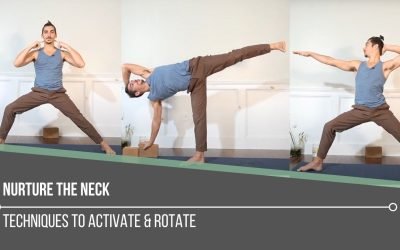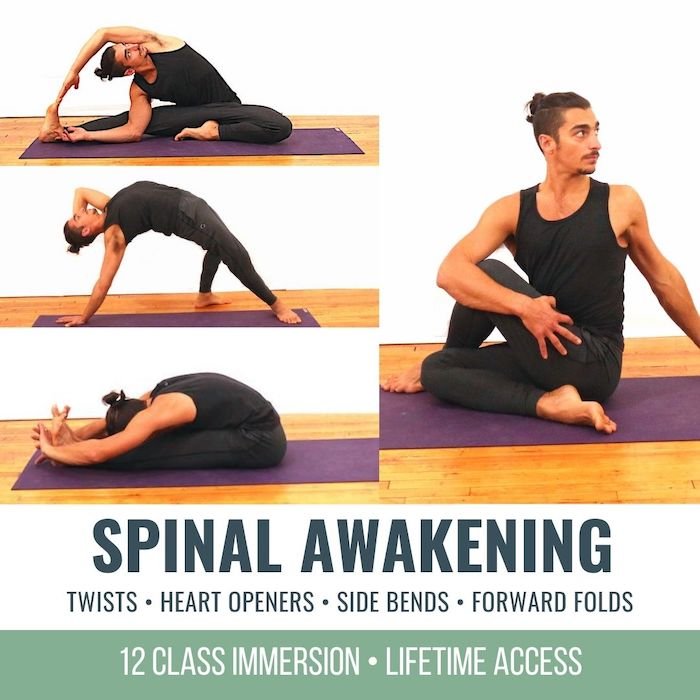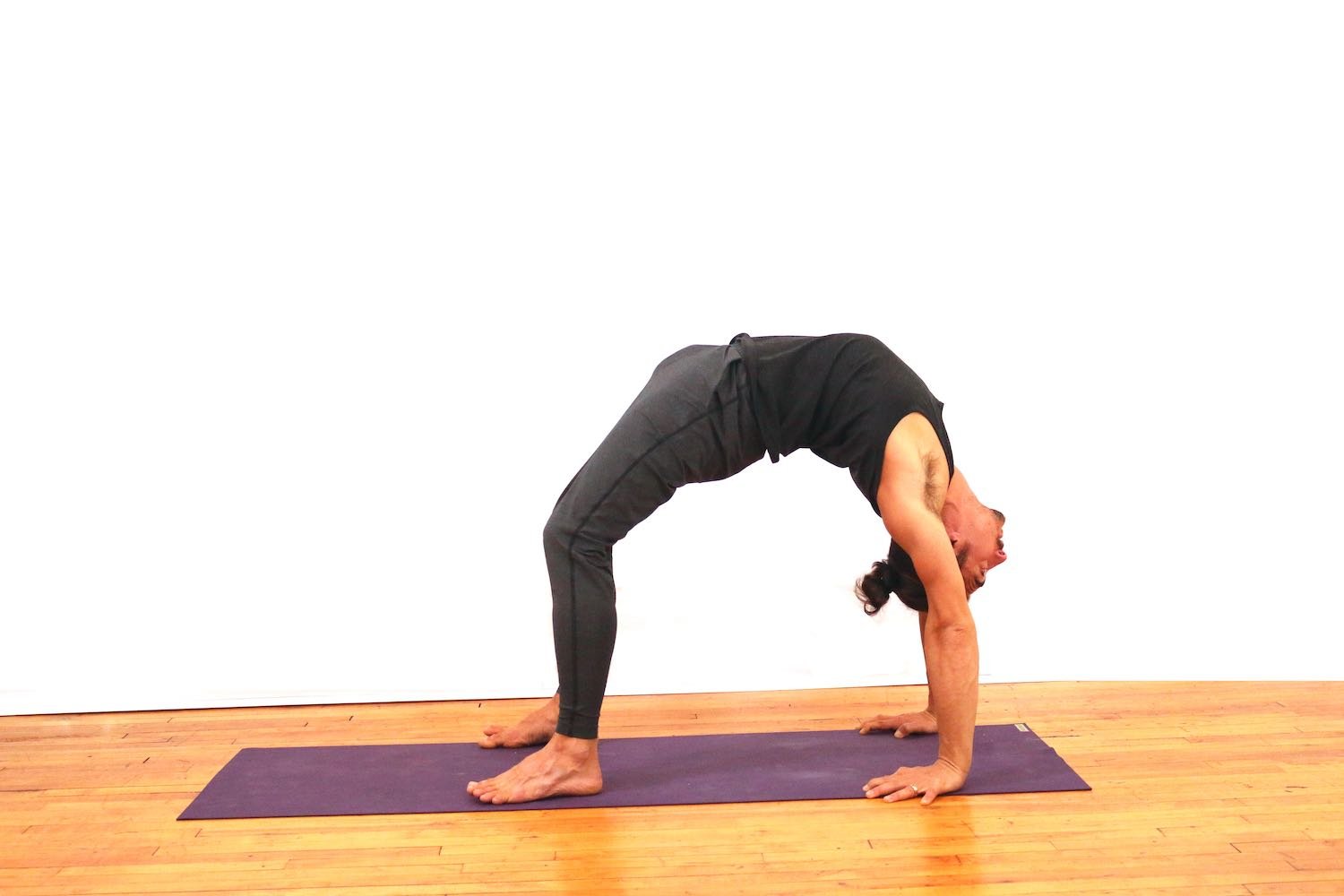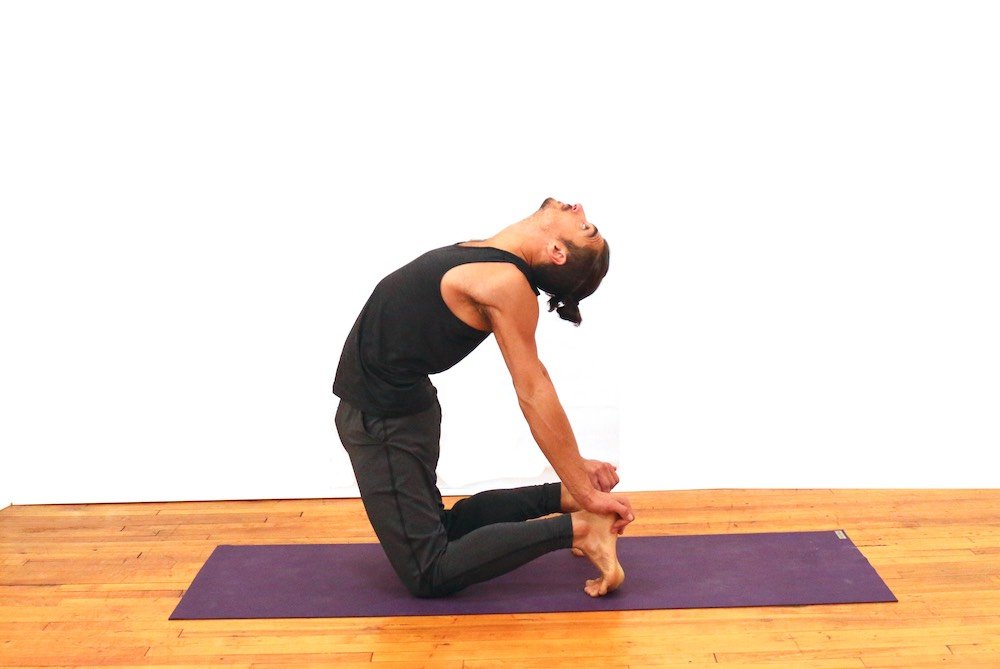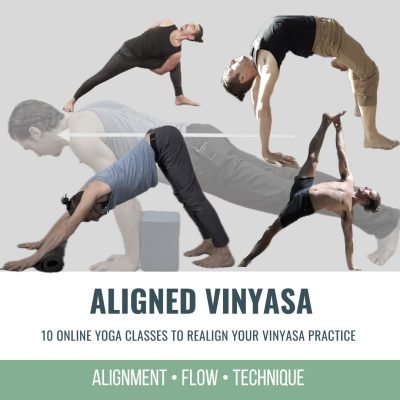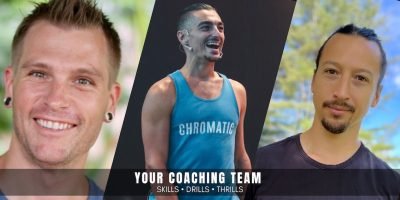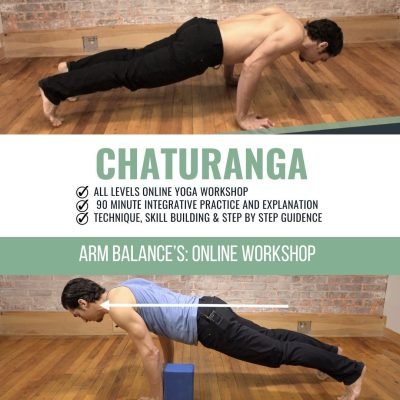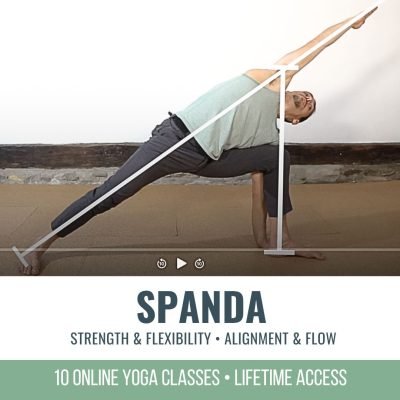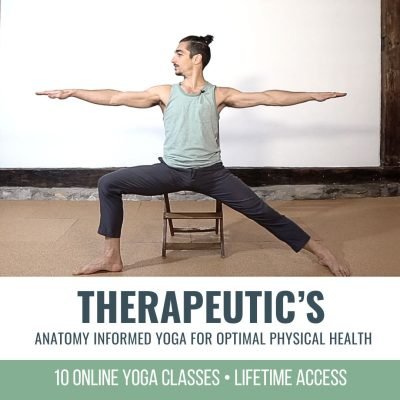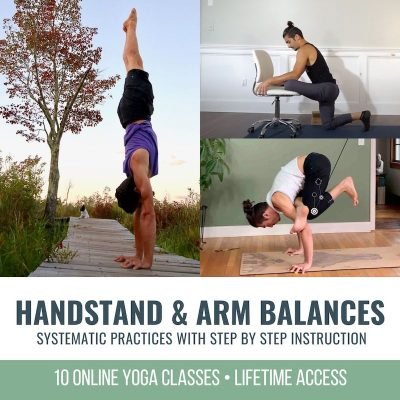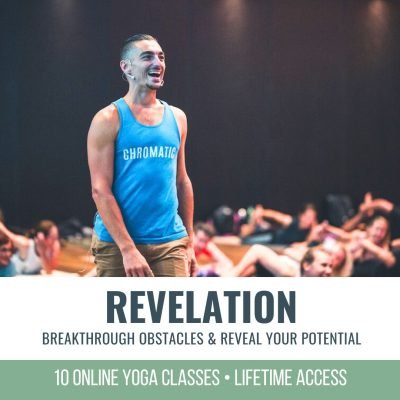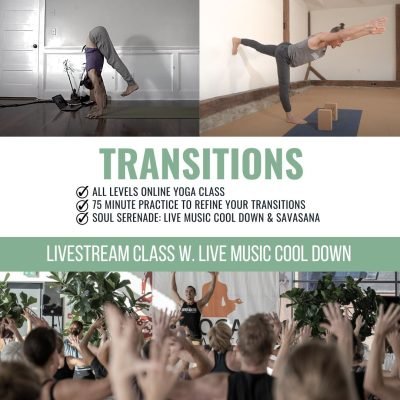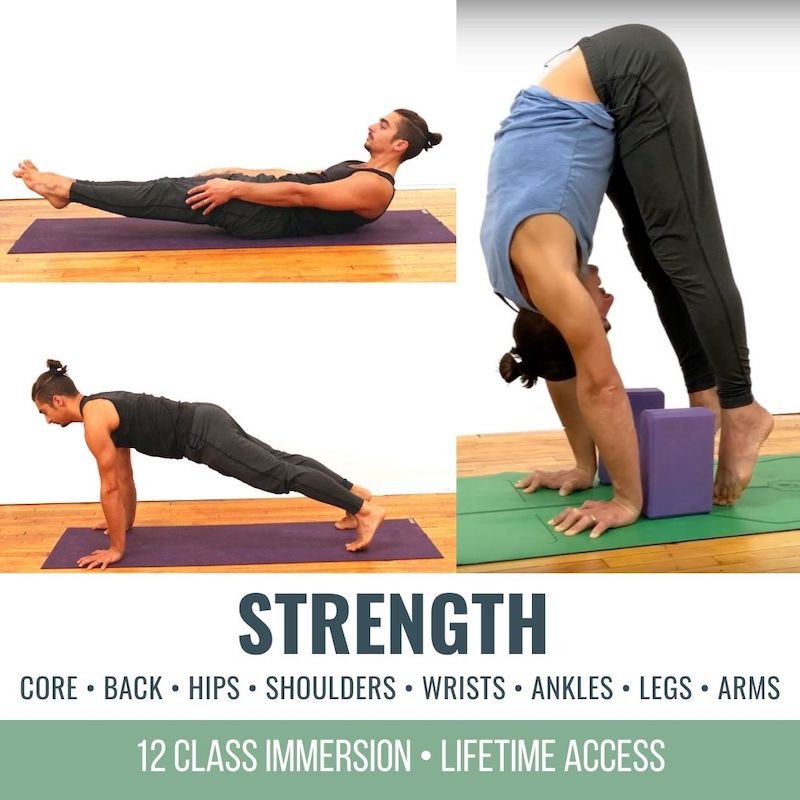Spanda In BackbendsSIDE PLANKSPANDA IN BACKBENDS Spanda in backbends is the key to creating both stability and freedom in spinal extension. Backbends are not just about bending; they require a balance between expansion and controlled engagement to prevent excessive...
hyperextension of the knee in pyramid pose
KNEE HYPEREXTENSION
HOW TO SOLVE HYPERMOBILITY IN PYRAMID POSE
KNEE HYPEREXTENSION
KNEE HYPEREXTENSION: PROTECT YOUR KNEES IN PARSVOTTANASANA, PYRAMID POSE
When it comes to our asana practice, more often than not, the subject of our knees is a hot topic. Typically, we’re looking for ways to minimize pain and/or strengthen the knees in order to feel stable when holding certain joint alignments or while bending and straightening our legs during transitions from one posture to the next.
It’s not unusual to utilize props like blankets or an extra roll of a yoga mat under our knees in an effort to minimize painful sensations in postures where our knees are making direct contact with the floor or our yoga mats.
In regard to creating more stability or feeling stronger in a particular posture, we may utilize yoga blocks, a wall, and/or a chair to help us maintain better alignment in order to hold ourselves up for a longer period of time without concern for our balance.
MOBILITY
ONLINE YOGA IMMERSION
- Key techniques to increase flexibility
- Strength development for mobility and range of motion
- Learn postures: Hanumanasana (Splits), Extended Side Plank
- Active and passive mobility for shoulders, hips, and spine
- Improve spinal twists, heart openers, shoulder openers, and hip openers
- Find greater ease in seated postures
- Improve mobility and posture off the mat
- When and how to do active, passive, and isometric stretching
$148.00
PARSVOTTANASANA/PYRAMID POSE
Pyramid Pose is a single-legged forward fold that requires a reasonable amount of hamstring flexibility. This can affect us in a couple of different ways.
As practitioners, we may fall under two different categories. When exploring a posture like Parsvottanasana, or Pyramid Pose, we may be the type to either hyperextend in the knee (due to overflexibility in the hamstrings), or we may overbend in the knee to compensate for the lack of flexibility we are experiencing in the hamstrings. In both scenarios, be mindful to straighten the leg to the degree that’s possible without overdoing either end of the spectrum. So, what category do you fall under, and how can you support your practice in a way that provides you with the tools you need to stay safe?
In today’s video, Matt provides thorough examples of ways we can take action to level up our capacity for strength and flexibility in Pyramid Pose.
HYPEREXTENSION OF THE KNEE
How does this happen?
Hyperextension of the knee may develop over time for those of us who have spent a great deal of time creating flexibility in our hamstrings and are arguably “overflexible” in this area. This often means we lack strength and/or have neglected to put effort into activating the hamstrings.
Matt explains that if we are hyperextending through the knee joint, we are creating pressure there and that this is the key point. If there is evidence of pressure, this is cause for concern. The pressure comes from overly straightening the knee. It’s actually not about the angle of the knee but about whether or not we are placing pressure there.
ACTIONS TO CREATE STRENGTH
Action 1
In the video, Matt shows us how to press the big toe and pinky toe down while lifting up through the heel, which activates the gastrocnemius (calf muscle that attaches to the back of the femur bone), causing the knee to bend.
Action 2
He adds on the action of activating the hamstring by pulling the ball mound of the foot towards the back of your mat while the heel is lifted. This will contribute greatly to the strength of the hamstrings. Engaging the muscles helps us hold the joints in better alignment, therefore also addressing our need for better stability and balance.
HIPS & HAMSTRINGS
ONLINE YOGA IMMERSION
- 12 classes to increase flexibility of the hips and hamstrings
- Maximize your strength through range of motion
- Access your pose potential
- Release tension of hips and back
- Sensation-based practices
- Unlock and strengthen major muscle groups
- Active, passive, and isometric stretching
- Improve mobility and stability
- So much more!
$148.00 $128.00
OVERBENDING THE KNEE
While some people struggle with hypermobility, others struggle to straighten the leg. In the latter case, the hamstrings are caught in a shortened holding pattern. Just stretching over and over again will not teach the body to release tension. There is, however, a solution to gain range of motion, and it too involves activating our muscles — in this case, it’s the quadriceps, the 4 muscles of the thigh. Their primary role is to straighten the knee. Matt demonstrates how we can achieve this by pulling the kneecap up. This action of “reciprocal inhibition” contributes to our ability to find better range of motion and improved flexibility in the hamstrings over time.
Understanding our bodies and getting in tune with our tendencies unlocks opportunities for a fuller experience in our postures.
Once we tap in and take the necessary actions, what we uncover is limitless potential.
This potential is waiting for you in Matt’s current 12-class immersion, titled Mobility. You get lifetime access to this immersion, in which Matt takes you on a journey through the major areas of the body, exploring how to increase mobility while simultaneously developing greater muscular strength and integrity. Instead of sacrificing your joints for the sake of achieving a posture, you will learn how to keep your joints safe by developing the necessary strength in each area of the body.
The 200 Hr. Teacher Training: Click Here to See The Next Start Date
This is for you if you are interested in deepening your yoga practice, building your confidence, learning how to create a class, and sharing this practice with friends, family, or beyond. Yes, it’s for all levels, ages, etc.
The 300 Hr. Advanced Teacher Training: Click Here to See The Next Start Date
This training is definitely for you if you are already certified at the 200- or 500-hour level but want to take your teaching career and practice to the next level. In this training, you will learn Anatomy, Biomechanics, Postural Techniques, Intelligent Sequencing, Breathwork, Meditation, Heart-Centered Philosophy, Theming, Business Structure, Marketing, Social Media, Branding, and how to build a sustainable and successful career!
Article by Trish Curling @anioyoga
Video Extracted From: The 200 & 300 Hour Trainings
MOBILITY
ONLINE YOGA IMMERSION
- Key techniques to increase flexibility
- Strength development for mobility and range of motion
- Learn postures: Hanumanasana (Splits), Extended Side Plank
- Active and passive mobility for shoulders, hips, and spine
- Improve spinal twists, heart openers, shoulder openers, and hip openers
- Find greater ease in seated postures
- Improve mobility and posture off the mat
- When and how to do active, passive, and isometric stretching
$148.00
Continue Learning
Spanda In Backbends
Bound Half Moon
Bound Half MoonBADDHA ARDHA CHANDRASANABOUND HALF MOON The elements involved in Bound Half Moon are many. There’s a lot at work and more than meets the eye. Our ears, eyes, muscles, and proprioception help us to balance. When it comes to which element carries more...
Sciatic Nerve Pain
Sciatic Nerve Painhip strengthSCIATIC NERVE PAIN The sciatic nerve runs from the lower back through the glutes and down the leg, making it one of the longest nerves in the body. Because of its length, it can easily become irritated or pinched, leading to pain anywhere...
The SI Joint
The SI JointalignmentTHE SI JOINT What is the SI Joint? To understand what it is, we must discuss all that surrounds it. First, the Sacrum is a triangular-like shaped bone that sits between the two sides of the pelvis (the left Ilium and right Ilium). Now each Ilium...
Target The Hip Joint
Target The Hip JointalignmentTARGET THE HIP JOINT Unlike the hip joint, the movement available at the knee is primarily meant for flexion and extension. When we engage in hip opening postures in our yoga practice, there can be a great impact on both the hip and the...
Nurture The Neck
Nurture The NeckalignmentNURTURE THE NECK The neck is not often the shining star of our yoga practice, yet it is an integral part. Too often, we may only offer more attention if we’re feeling pain in a particular posture. It’s important however, for us to be...
THE FREE TECHNIQUE PACK
When You Subscribe, You Will Get Instant Access to
- the Technique Pack: 15 yoga pose breakdowns
- exclusive online course discounts
- exclusive blogs and videos

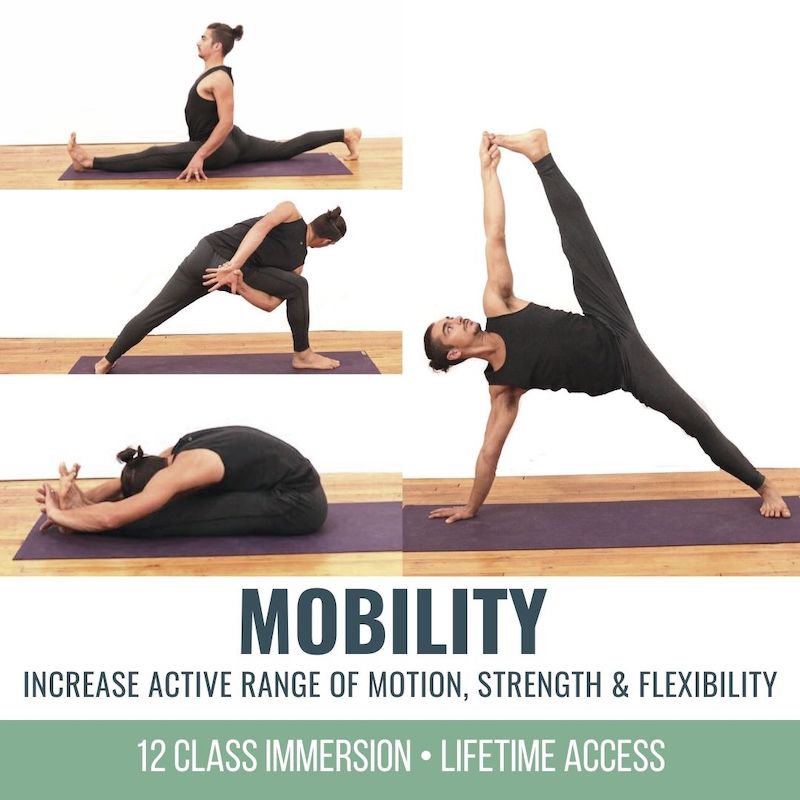
![Archna Mohan chromatic yoga backbend techniques: 12 classes [backbend technique to relieve back pain "bowing the spine']](https://www.theyogimatt.com/wp-content/uploads/2021/10/Archna-Mohan-chromatic-5.jpg)


